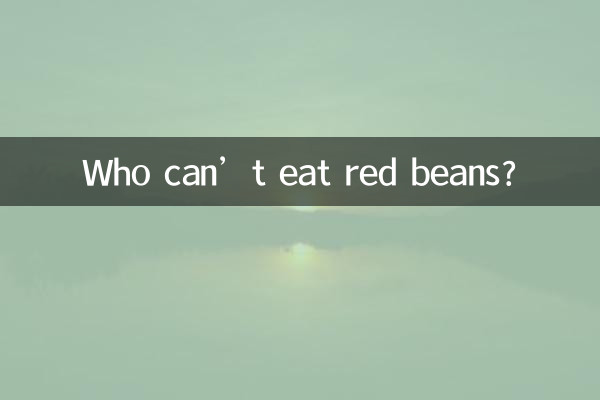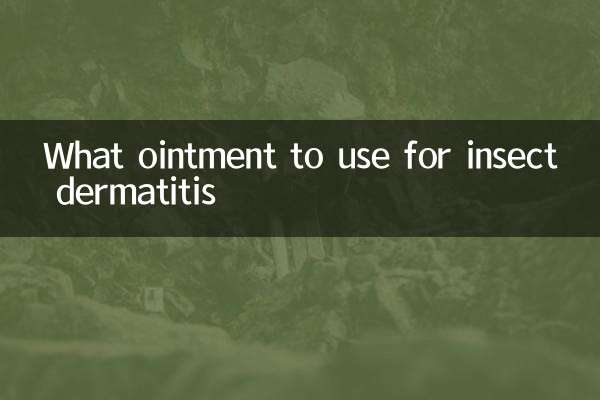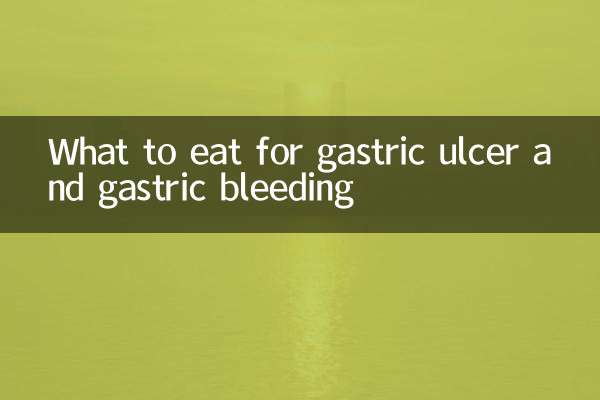Who can’t eat red beans?
Red beans are a nutritious food, rich in protein, dietary fiber, vitamins and minerals, and have the functions of nourishing blood, diuresis, and reducing swelling. However, not everyone is suitable for eating red beans, and some people need to be cautious or avoid eating them due to physical or health problems. The following is an analysis of red bean-related topics that have been hotly discussed on the Internet in the past 10 days and the groups of people who are not suitable for eating red beans.
1. Hot red bean topics in the past 10 days

| Ranking | topic | heat index |
|---|---|---|
| 1 | Is the red bean diet scientific? | 95,000 |
| 2 | Comparison of blood-enhancing effects of red beans | 87,500 |
| 3 | Red bean allergy case sharing | 76,200 |
| 4 | The relationship between red beans and chronic diseases | 68,900 |
| 5 | Recommended red bean therapeutic formula | 62,400 |
2. Who can’t eat red beans?
1.People with weak digestive function
Red beans contain high dietary fiber. Excessive consumption may increase the burden on the gastrointestinal tract and cause symptoms such as bloating and diarrhea. People with weak gastrointestinal function or those suffering from gastritis or enteritis should consume it in small amounts or avoid it.
| symptom | suggestion |
|---|---|
| abdominal bloating | Reduce serving size or pause |
| diarrhea | avoid eating |
2.Patients with renal insufficiency
Red beans are rich in potassium. People with renal insufficiency cannot effectively excrete excess potassium in the body, which may lead to hyperkalemia and, in severe cases, arrhythmia.
| risk level | suggestion |
|---|---|
| mild renal insufficiency | No more than 50g per week |
| severe renal insufficiency | Not allowed to eat |
3.People allergic to red beans
Some people are allergic to soy protein and may experience symptoms such as skin itching, redness, swelling, and difficulty breathing after eating it. There have been multiple red bean allergy cases shared in hot searches in the past 10 days.
| allergic reaction | Countermeasures |
|---|---|
| skin symptoms | Discontinue use immediately and take an antihistamine |
| respiratory symptoms | Seek medical attention promptly |
4.Gout patients
Red beans are a medium-purine food (containing about 75mg of purine per 100g). Patients with acute attacks should avoid eating them, but they can be eaten in moderation during the remission period.
| period | Recommended intake |
|---|---|
| acute attack period | 0g |
| remission period | 2-3 times a week, ≤30g each time |
5.People taking certain drugs
Some ingredients in red beans may interact with diuretics and antihypertensive drugs, affecting their efficacy. It is recommended to consult a doctor while taking the medication.
| drug type | potential impact |
|---|---|
| diuretics | Enhance diuretic effect, leading to electrolyte imbalance |
| antihypertensive drugs | May lower blood pressure excessively |
3. Healthy eating suggestions
1. The recommended daily intake for the general population is 30-50g, which can be used to cook porridge or make desserts.
2. Fully soak for 6-8 hours before cooking to reduce anti-nutritional factors
3. Eating it with rice and other grains can improve protein utilization.
Although red beans are good, you need to eat them reasonably according to your own situation. If you have any questions about the suitability of red beans, it is recommended to consult a professional physician or nutritionist.

check the details

check the details